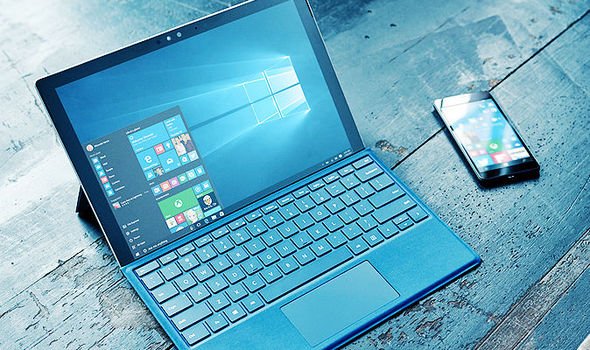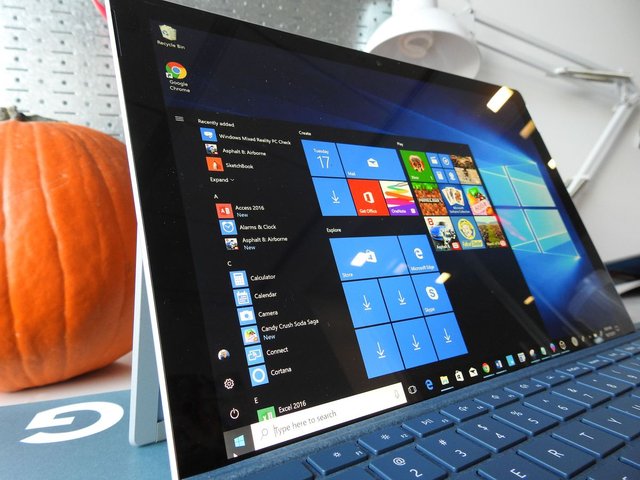
Shortly after releasing the creator's update, Microsoft announced standards that a Windows 10 PC should meet. If these are fulfilled, important safety functions should be able to works.
Microsoft releases definition for Windows 10 as secure as possible.
A current processor, UEFI 2.4 and best of all a TPM chip: new security guidelines make systems with Windows 10 case Creators update only secure, according to Microsoft. The eight-gigabyte RAM rule, however, can not keep up with its own Surface Pro.
Most systems should be affected by the processor policy. According to Microsoft systems should use a current chip from Intel or AMD. For Intel PCs, this means at least one of the seventh-generation Core i3, i7, i7, or i9 Kaby Lake. But also current Celerons, Atoms, and Pentiums are among them. For AMD systems, it is important to use a seventh generation processor such as Bristol Ridge. These are based on a technique that is sometimes several years old - but optimized.
Microsoft also states that a processor capable of implementing 64-bit instructions should be used. These are actually all processors today. Older CPUs based on ARM are compatible only with 32 bits. According to Microsoft, this is more important for virtualization tasks, for example in Microsoft's Hyper-V software.
Windows 10: Current BIOS and 8 gigabytes of RAM are considered safe
Microsoft also recommends a system with eight gigabytes of memory, presumably to run a more complex security software in the background. Interestingly, the lowest-priced version of their own Surface Pro is equipped with only four gigabytes of RAM.
For a secure system, it should have a stand-alone Trusted Platform Module that stores keys for biometric logins, for example. These chips can come from Intel and AMD, but also from third-party manufacturers such as Infineon, STMicroelectronics or Nuvoton.
Especially with the firmware, other points make a system according to Microsoft. A PC should use at least UEFI 2.4. In addition, drivers should be shipped with Hypervisor-based Code Integrity (HVCI). This, in turn, is more relevant to virtualized systems. Intel Boot Guard or AMD Hardware Verified Boot should be used to check at system startup whether changes have been made to the BIOS or firmware prior to operating system startup or not.
